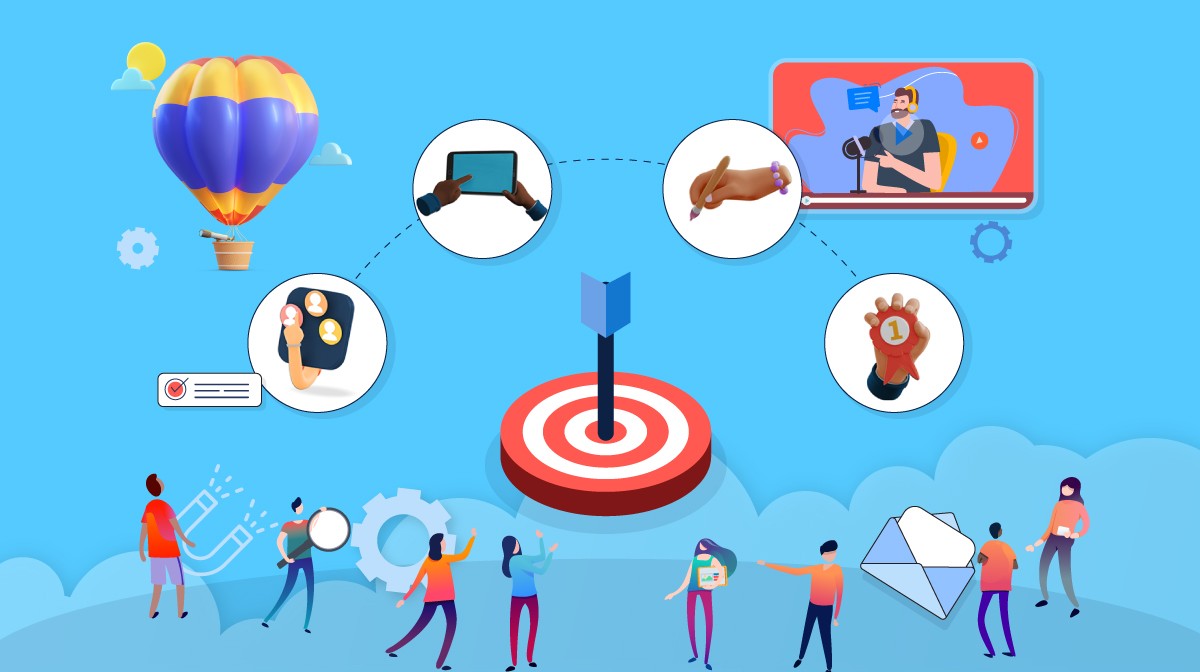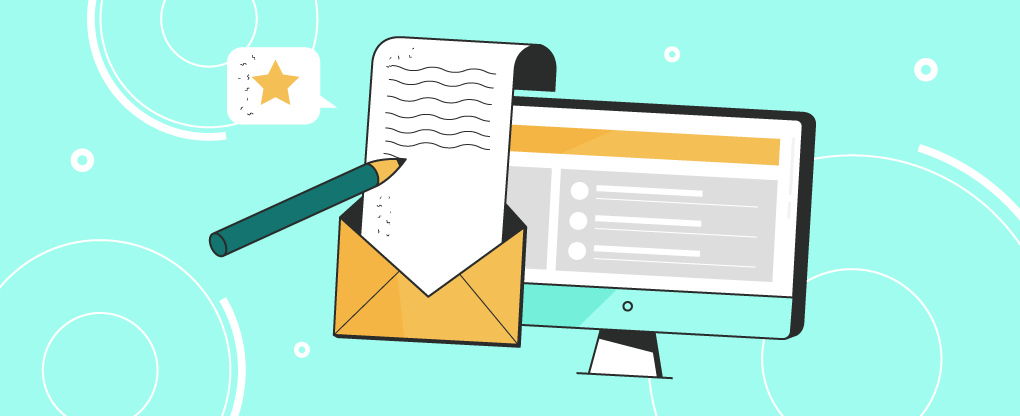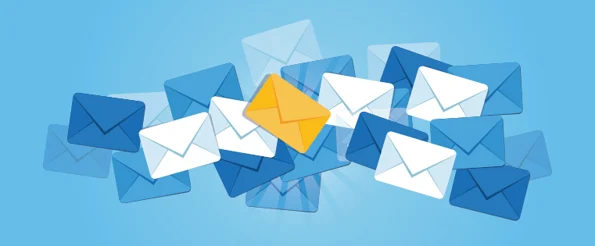
AI Marketing and Ethics: The Most Valuable Guidance You Need
September 19, 2025
The Surprising Ease of Winning B2B Leads Through Networking and Events
September 19, 2025A. Setting the Stage
In the dynamic world of B2B lead generation, cold outreach remains a pivotal strategy. It involves contacting potential clients or partners who have had no prior interaction with your company. This introductory section sets the stage for a deeper exploration of the intriguing realm of cold outreach, shedding light on the stark contrast between what we anticipate and the challenging realities we often face.
B. The Significance of B2B Lead Generation
B2B lead generation is the lifeblood of any business. It’s the process of identifying potential clients, nurturing them into valuable leads, and ultimately converting them into loyal customers or partners. Within this complex process, cold outreach plays a vital role, serving as the first point of contact.
C. Cold Outreach Defined
Before we delve further, let’s define our subject. Cold outreach is the practice of initiating contact with individuals or businesses who have no previous interaction with your company. This initial interaction can take various forms, from cold calls to well-crafted emails and messages on social media platforms.
D. Overview of the Expectations
Expectations often set the tone for any endeavor. In the realm of B2B lead generation and cold outreach, expectations can be particularly high and varied. Some envision swift and enthusiastic responses, believing in the magic of a well-crafted message. Others hope for rapid growth, assuming that their ideal clients are just an outreach away. The anticipation of success is common, but it’s essential to examine how these expectations measure up to the harsh realities that often await us.

The Great Expectations
A. What We Hope For
The human spirit is inherently optimistic. When embarking on a cold outreach campaign, we’re filled with hope and the prospect of favorable outcomes. We wish for potential clients to respond promptly, enthusiastically welcoming our proposal, product, or service. Our imaginations run wild with images of success and prosperity.
B. Common Myths and Misconceptions
However, the journey of cold outreach is littered with myths and misconceptions that can lead us astray. Many fall prey to the belief that a single, well-crafted email or a persuasive phone call will yield instant and substantial results. This misconception can create a chasm between our expectations and the more nuanced realities of cold outreach.
C. Setting Unrealistic Goals
Perhaps one of the most significant challenges in the world of cold outreach is the setting of unrealistic goals. It’s easy to fall into the trap of envisioning high conversion rates, exponential growth, and minimal effort. Unrealistic expectations not only set you up for potential disappointment but can also lead to frustration and burnout.
D. The Ideal Cold Outreach Scenario
In an ideal world, cold outreach would be a straightforward and unambiguous process. Prospects would eagerly embrace your proposal, inquiries, or products, leading to quick and effortless conversions. This dream scenario, though, is often far removed from the reality that cold outreach professionals must navigate.

The Cold Reality
A. Understanding the Challenges
Cold outreach is a brave endeavor, one that is not for the faint-hearted. It involves a multitude of challenges that we must understand and overcome. These challenges include rejections, indifference, and at times, outright hostility. Recognizing and acknowledging these obstacles is the first step towards mastering the intricate art of cold outreach.
B. The Cold Truth about Rejections
Rejections are, without a doubt, an inescapable part of the cold outreach landscape. Whether it’s a polite but firm “no, thank you” or an unresponsive void, rejections can be disheartening. It’s important, however, to reframe rejections as opportunities for growth and learning rather than outright failures.
C. Navigating Gatekeepers
In the complex world of B2B lead generation, gatekeepers act as the guards at the entrance to the decision-makers’ inner sanctum. These gatekeepers come in various forms, such as personal assistants, receptionists, or junior employees, and they wield significant influence in determining who gets access to the key decision-makers. Navigating this labyrinthine landscape is a formidable challenge in itself.
D. The Persistence Predicament
Persistence is often celebrated as a virtue, and it undeniably plays a crucial role in the world of cold outreach. However, there’s a fine line between being persistent and transforming into an unrelenting pest. Balancing this act is essential, as the wrong approach can cause your outreach efforts to backfire, alienating potential clients or partners.
In the following sections, we will explore the strategies for overcoming these challenges, including crafting effective outreach messages, the power of personalization, leveraging technology, and the importance of measuring and adapting. We’ll also delve into real-life success stories and examples, showcasing how businesses have transformed their cold outreach efforts into fruitful endeavors. Additionally, we’ll explore alternate outreach channels beyond email, the delicate balance between persistence and pestering, and ways to build lasting relationships rather than just accumulating leads.

Strategies for Success
A. Crafting a Winning Outreach Message
The heart of a successful cold outreach campaign lies in the crafting of a winning outreach message. Whether it’s a well-written email, a compelling phone script, or a persuasive message on a social media platform, the message is your first point of contact with your prospective clients or partners.
A successful outreach message should:
- Be concise: Long-winded messages can overwhelm the recipient. Keep your message concise and to the point.
- Highlight benefits: Focus on how your product or service can benefit the recipient.
- Include a clear call to action: Make it easy for the recipient to respond or take the desired next step.
- Personalize: If possible, personalize the message to the recipient’s specific needs or pain points.
B. The Power of Personalization
Personalization is the secret sauce in the recipe for effective cold outreach. When a potential client or partner feels that the message was crafted specifically for them, it significantly increases the chances of success. Personalization can involve referencing their name, mentioning a recent achievement of their company, or addressing a specific pain point that your product or service can solve.
C. Leveraging Technology
In today’s digital age, technology can be your ally in cold outreach. Various tools and software applications can streamline your outreach efforts and provide valuable insights. Customer Relationship Management (CRM) systems help you organize and track interactions, email automation tools assist in sending personalized messages at scale, and analytics tools provide data-driven insights for improving your strategy.
D. Measuring and Adapting
Success in cold outreach is an ongoing process. Measuring your results and adapting your strategy is crucial for continued success. Key metrics to monitor include open rates, response rates, and conversion rates. Analyzing these metrics can help you identify what’s working and what needs improvement. Regularly adjusting your approach based on these insights is essential for achieving long-term success in B2B lead generation.

Real-Life Examples
The Art of Crafting the Perfect Email
Crafting the perfect email is an art form. A well-structured email can make or break your cold outreach campaign. Let’s break down the components of an effective outreach email:
- Subject Line: It should be attention-grabbing and relevant to the recipient.
- Introduction: Start with a brief and engaging introduction.
- Value Proposition: Clearly state how your product or service benefits the recipient.
- Call to Action: Include a clear and compelling call to action.
- Personalization: Tailor the email to the recipient, showing that you’ve done your homework.
- Signature: Conclude with a professional and informative signature.
To illustrate these principles, here’s an example of an effective outreach email:
Subject Line: “Helping [Recipient’s Company] Achieve [Specific Goal]”
Introduction: “Hi [Recipient’s Name], I hope this email finds you well.”
Value Proposition: “Our innovative [Your Product] has been proven to help companies like [Company Similar to Recipient] achieve [Specific Goal].”
Call to Action: “I’d love to discuss how we can help [Recipient’s Company] reach these goals. When is a convenient time for you to chat?”
Personalization: Mention something specific about the recipient’s company, such as recent achievements or industry challenges.
Signature: Your name, title, contact information, and a link to your company’s website.
How to Turn a “No” into a “Yes”
Rejections are not the end of the road in cold outreach. In fact, skilled professionals know how to turn initial “no” responses into fruitful business relationships. Here’s a technique to consider:
- Acknowledge the “No”: When you receive a rejection, respond with gratitude for their time and consideration.
- Ask for Feedback: Politely ask for feedback on why they decided to decline your offer. This can provide valuable insights.
- Suggest an Alternative: Propose an alternative solution that might be more appealing to them. Be creative and show your commitment to finding the right fit.
- Maintain a Relationship: Even if the initial response is negative, continue to nurture the relationship through occasional, valuable touchpoints.
Tools and Technologies that Deliver
The world of B2B lead generation is brimming with tools and technologies that can supercharge your cold outreach efforts. Here are some tools and their real-life success stories:
- MailChimp: A popular email marketing platform that allows you to automate email outreach. A case study shows how a startup increased their email open rate by 70% using MailChimp.
- HubSpot: A comprehensive CRM system that helps you organize leads and track interactions. A real-life example demonstrates how a company streamlined their lead management with HubSpot, resulting in a 30% increase in conversions.
- LinkedIn Sales Navigator: A powerful tool for B2B lead generation on LinkedIn. A success story highlights how a sales professional used this tool to connect with industry leaders, resulting in valuable partnerships.
- Yesware: A tool that provides email tracking and analytics. A case study showcases how a sales team boosted their email response rate by 40% using Yesware.

Beyond Email: Exploring Alternate Outreach Channels
A. The Role of Social Media
In the digital age, social media platforms offer a fertile ground for B2B lead generation and cold outreach. Popular platforms like LinkedIn, Twitter, and Facebook provide opportunities to connect with potential clients or partners.
Using social media effectively involves:
- Profile Optimization: Ensure your social media profiles are professional and up-to-date.
- Content Sharing: Share relevant industry content and engage with your network.
- Direct Messaging: Use direct messages to initiate conversations with potential leads.
- Networking Groups: Join industry-specific groups to expand your network.
B. LinkedIn: A Treasure Trove of Opportunities
LinkedIn, in particular, stands out as a goldmine for B2B outreach. With its vast network of professionals and powerful search features, you can identify and connect with decision-makers in your target industries. Here are some strategies for successful LinkedIn outreach:
- Optimize Your Profile: Make sure your LinkedIn profile is professional and complete.
- Advanced Search: Use LinkedIn’s advanced search to find potential leads based on specific criteria.
- Personalize Connection Requests: When sending connection requests, include a personalized message.
- Engage with Content: Comment on, like, and share relevant content in your industry.
C. The Impact of Webinars and Virtual Events
Webinars and virtual events have become powerful tools for B2B outreach. They provide a platform for showcasing your expertise and connecting with potential leads. To make the most of webinars and virtual events:
- Choose Relevant Topics: Select topics that are of interest to your target audience.
- Promote Effectively: Use email outreach and social media to promote your event.
- Engage Your Audience: Interact with participants, answer questions, and encourage discussions during the event.
D. The Telephone – Not Dead Yet
Despite the digital age, the telephone remains a valuable tool for cold outreach. Cold calls can be effective if done correctly. Key strategies include:
- Targeted Lists: Use data to create a list of prospects who are likely to be interested in your offering.
- Craft a Script: Develop a clear and compelling script for your cold calls.
- Persistence: Be prepared for rejections and stay persistent, but respectful.

The Fine Line Between Persistence and Pestering
A. Recognizing When to Back Off
In the world of cold outreach, it’s essential to recognize when it’s time to back off. Overzealous persistence can turn a potential lead into an annoyed prospect. If you’ve made several attempts and received no response or a clear “no,” it may be time to put that lead on the back burner and revisit it at a later date.
B. Building Relationships, Not Just Leads
Cold outreach should not be solely about accumulating leads. It’s an opportunity to build valuable relationships. Consider the long-term benefits of nurturing a connection rather than focusing solely on immediate conversions.
C. The Golden Follow-Up Rule
The follow-up is a critical aspect of cold outreach. Following up too soon can be seen as pestering, while too long a delay can make you lose the prospect’s interest. The golden rule is to follow up strategically and with valuable information or insights.
D. When to Pivot and Change Your Approach
Sometimes, despite your best efforts, a specific outreach strategy may not be yielding the desired results. It’s essential to be adaptable and open to pivoting your approach. Evaluate what’s working and what isn’t, and be willing to try new tactics or channels to achieve your goals.
In conclusion, cold outreach in B2B lead generation is a multifaceted process, where expectations often clash with reality. However, armed with the right strategies, the power of personalization, technology, and the ability to adapt, you can bridge the gap between your dreams and the actual outcomes. Cold outreach is a dynamic landscape that offers ample opportunities for success, and by striking a balance between persistence and respect, you can build relationships that endure and drive your business forward.


